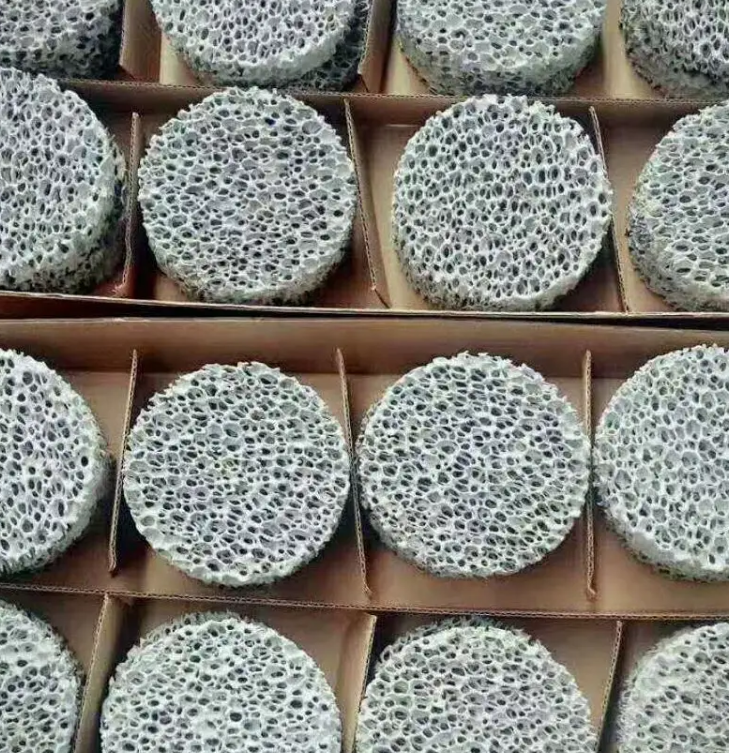Numerous children have played the game of blowing soap bubbles, blowing into the soapy water with a tiny tube, will produce a lot of foam, a tiny drop of soapy water will become a huge bubble. Using this principle, in 1991, American scientists cox light metals such as lithium and magnesium, aluminum on a quartz inside the bottle and put it onto the space shuttle "Columbia", using solar energy to melt the metal into liquid, joining into hydrogen in molten metal, making the metal produce a large number of bubbles and metal condensation to form a micro porous foam metal are everywhere.
Metal foam refers to a special metal material containing foam pores. Through its unique structural characteristics, foam metal has a series of advantages such as low density, excellent heat insulation performance, excellent sound insulation performance and so on. With the gradual development of human science and technology, this modern material is commonly used in aerospace, petrochemical and other industrial fields.
 Characteristics and application of metal foam
Characteristics and application of metal foam
1. Tiny mass and great strength
The volume of foam metal in the structure can make the material considerably expand, greater cross section, made of foam metal craft can reduce the total mass around half. When the foam metal is under pressure, increased stress due to porosity collapse area and material strain hardening effect, make the foam metal with excellent impact energy absorption properties. This feature has already been used on the US Curiosity rover. Scientists are working on building a current generation of space stations out of lightweight metal foam materials. In addition to the advantages of low mass and extreme strength, they can also burn up with the air at the moment of entering the atmosphere when returning to Earth after the mission, leaving no garbage in space.
2. It is the ideal material for making a metal foam filter.
The metal foam through the hole to the fluid medium solid particles retention and capture, can be filtered and separated gas or liquid, so as to achieve the purification or separation of media, such as the separation of oil from water, water from the refrigerant separation.
3. Strong energy absorption capacity
Porous metal foams have strong energy absorption capacity. The elastic deformation of foam metal can also absorb most of the impact energy, such as automobile bumpers, landing gear of spacecraft, various buffers, energy absorbing liners of mining and metallurgy machinery, and the variable materials in front and rear of automobile passenger seats.
4. Great sound insulation performance
When the sound passes through the foam metal, scattering and interference can occur in the porous structure of the material, so that the sound energy can be absorbed by the material or blocked by the porous structure. The Beijing subway uses metal foam sound insulation boards.